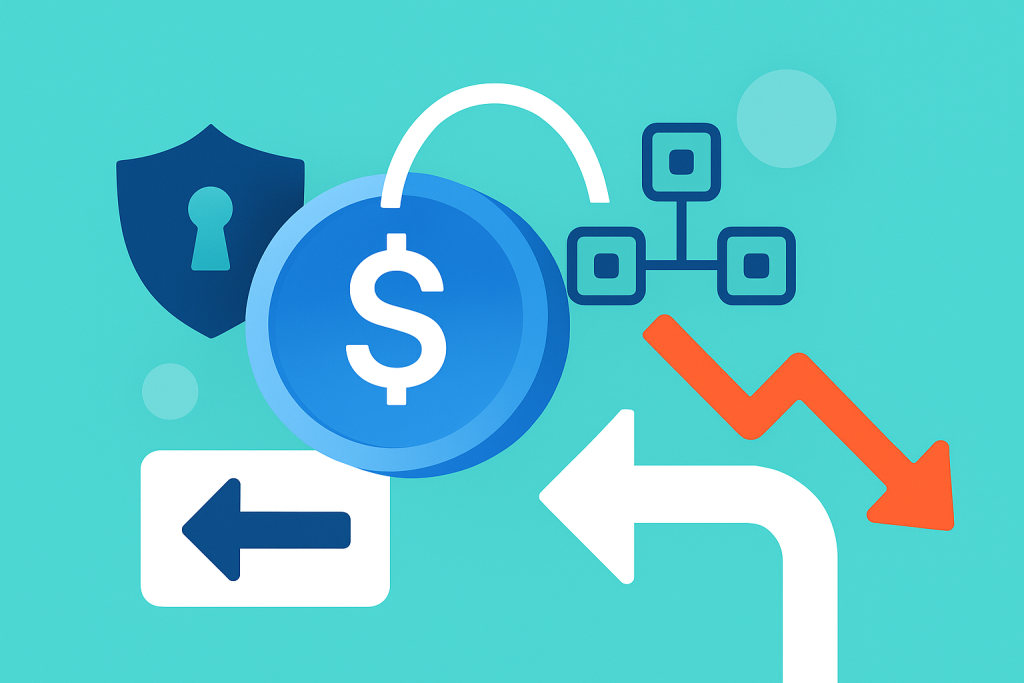On September 2025, it was revealed that Circle, the issuer of the USDC stablecoin, is considering introducing a mechanism for reversible transactions. The idea is to allow funds to be returned in cases of fraud or disputes, similar to practices in traditional finance.
Chargeback-Like Approach
Circle’s president, Heath Tarbert, told Financial Times that the digital asset industry needs tools long established in conventional financial systems. This would mean enabling payment reversals with the consent of all parties involved — akin to the chargeback mechanism in banking.
“We are exploring whether reversibility is possible while still ensuring finality of settlement,” Tarbert said.
According to him, discussions are underway among developers about whether certain blockchains could allow such an option under exceptional circumstances to combat fraud.
Arc and a New Layer of Protection
At present, transactions in Circle’s Arc blockchain are irreversible. However, the company proposes adding an additional layer where counter-payments would be possible — giving users flexibility in case of disputes.
In addition, Circle plans to introduce a privacy layer: wallet addresses will remain public, but transaction amounts would be encrypted. This would allow financial institutions to protect sensitive data while maintaining blockchain transparency.
Why It Matters
- Such a mechanism could make stablecoins more comparable to traditional payment systems.
- It may pave the way for mainstream adoption of USDC by banks and financial institutions, where safety and oversight are crucial.
- Circle is signaling its intention to operate at the intersection of open blockchain innovation and regulated financial infrastructure.
Context
Earlier, the company launched Gateway to unify USDC liquidity across multiple chains. Together with the proposed reversibility and privacy features, Circle is clearly building infrastructure for the next stage of digital finance adoption.
